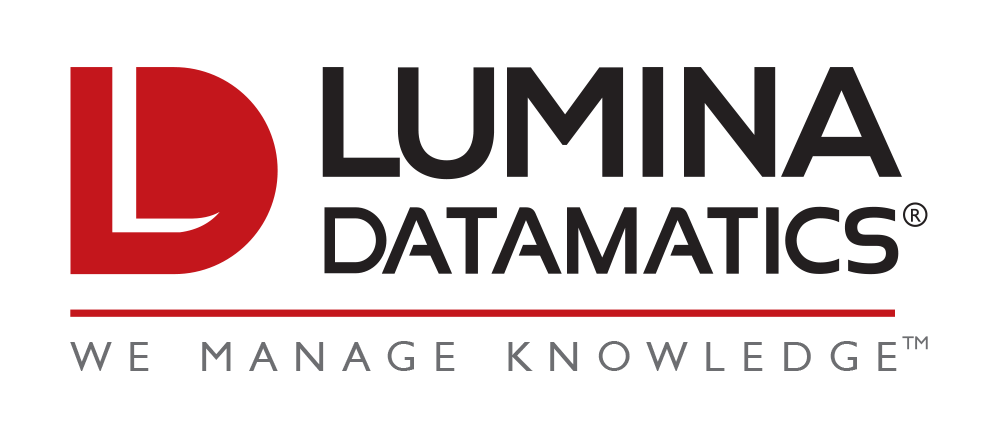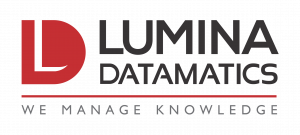Companies focus on building better relationships and using technology to streamline their HR functionality. From mobile tools to offsite employees, the concept of mobility will continue to grow in interest and popularity. Cloud-based technologies are making it easier for employees to work remotely.
In the human resource management systems tech market, trends such as big data, analytics, wearable technology, the consumerization of applications and mobile are grabbing headlines in industry publications. What is noteworthy about these trends is what they are building up to — the delivery of strategic workforce planning for the enterprise. Strategic workforce optimization has long been the unfulfilled promise of HCM. Many businesses have begun to use HR technology in an attempt to hire and manage talent more effectively.
Mobile app use within HR is still in its infancy. But with more SaaS and cloud-based apps appearing, this is starting to change. There are many tools available to help companies manage nearly every aspect of the HR process, including recruiting and hiring, talent management, and retirement. The introduction of mobile-friendly, cloud-based technologies has also allowed companies to prioritize and customize their HR investments. Mobile enhancements and optimizations for employee and candidates are important to most organizations.
HCM trends are focusing on meeting different needs while fostering collaboration. This includes:
- Fifty-six percent of companies surveyed this year are redesigning their HR programs to leverage digital and mobile tools.
- Fifty-one percent of companies are currently in the process of redesigning their organizations for digital business models.
- Thirty-three percent of surveyed HR teams are using some form of artificial intelligence (AI) technology to deliver HR solutions, and 41 percent are actively building mobile apps to deliver HR services.
Companies are embracing and emphasizing AI, robotics, and new cognitive tools for tasks, but human work functions, such as service, empathy, persuasion, and decision making are actually becoming more important. Methods like AI, machine learning and predictive analytic solutions to support HR functions use complex, iteratively developed mathematical models to analyze large amounts of data increasingly made available through the growing use of HCM technology.
Automation often is what contributes highest to the return on investment when implementing HR technology. Organizational design and effectiveness needs to shift from an industrial-age hierarchical model to a digital, team-driven one. Organizations that leverage social networks, and are transparent in their culture will have an edge on recruiting talent. A cloud platform matters when selecting and using HR software. Two years ago, 68% of organizations had at least one HR process in the cloud. In 2017, that number has climbed to 73%.
The need for predictive analytics continues to grow to deliver trends within the once non-quantifiable HR function. Collecting this data is meaningless though, unless you can pull out meaningful trends and actionable insights. Users want real-time, easy to use, fast and meaningful reports. That’s where workforce analytics comes in.
The digitalization of HR will continue and grow even more frenzied. To automate and transform HR functions, there has been increased use of technology. Technology is advancing so rapidly that almost any HR process developed over three years ago is bound to be out of date. The digitalization of HR largely feeds itself as the creation of new technology enables the creation of new processes.
Most people today navigate the world from a smart phone or tablet, organizations will continue to invest in updating ways to capture candidates and engage with employees. A heightened, needed focus on creating better employee experiences in the workplace will be seen.
The field of HR is constantly expanding the use of technology and many HR activities are becoming much more data driven. HR will move from a people-centric field to a technology-centric field. Automation often is what contributes highest to the return on investment when implementing HR technology. HCM should be strategy-driven, and should align your organization’s people strategy with the company’s overall values and goals.
Sources :-
- https://dupress.deloitte.com/dup-us-en/focus/human-capital-trends/2017/digital-transformation-in-hr.html?id=gx:2el:3dc:dup3823:awa:cons:hct17
- https://www.forbes.com/sites/joshbersin/2013/10/21/the-9-hottest-trends-in-hr-technology-and-many-are-disruptive/#4956d77e5a30
- https://www.peoplematters.in/article/hr-analytics/trends-and-challenges-cloud-based-hcm-technologies-13157
- http://www.softwareadvice.com/resources/hr-tech-trends-2016/
- http://blog.harbinger-systems.com/2015/08/technology-trends-in-human-capital-management-a-dynamic-makeover/
- Image Credit: Freepik/Pexels





0 Comments